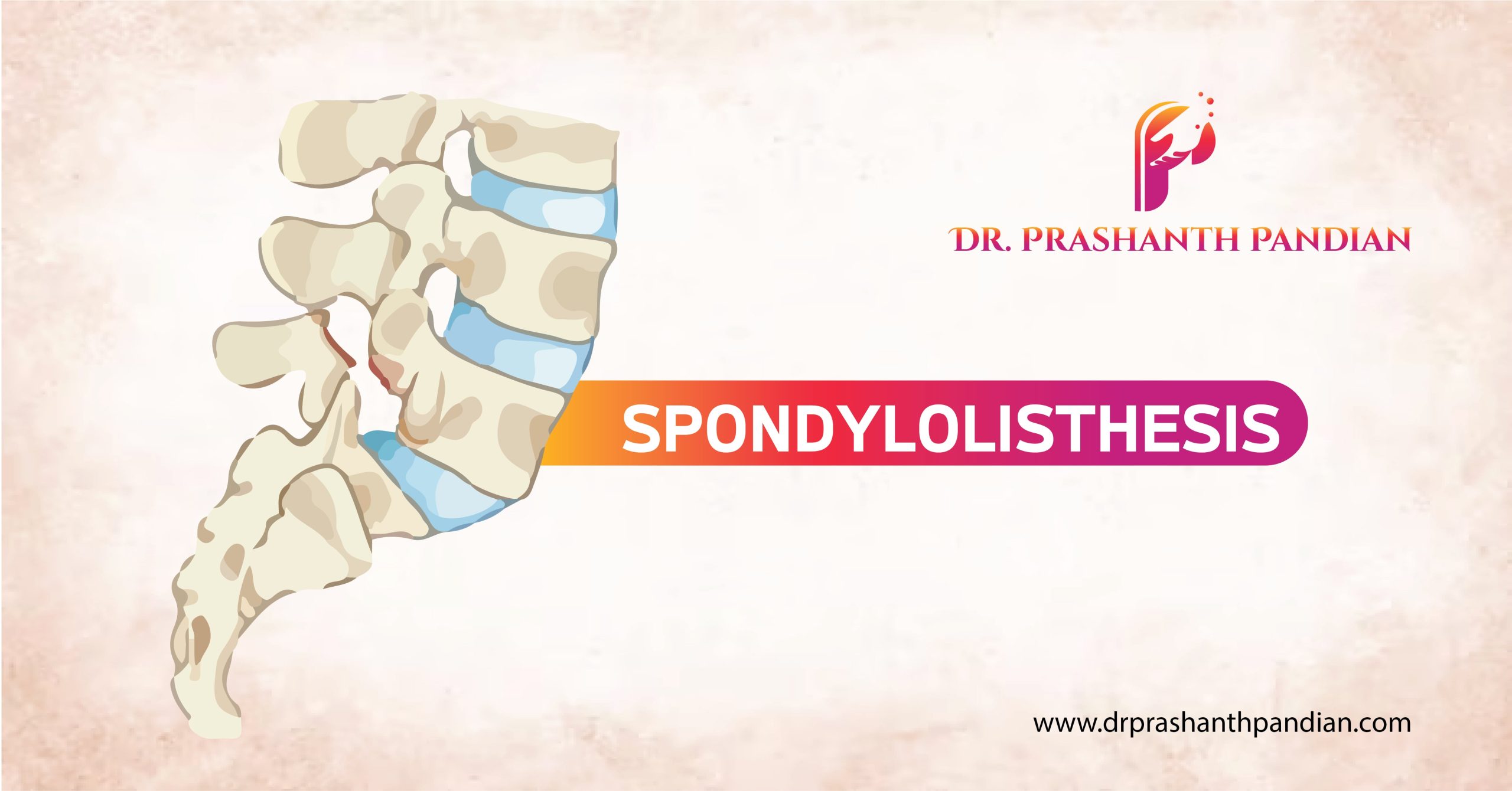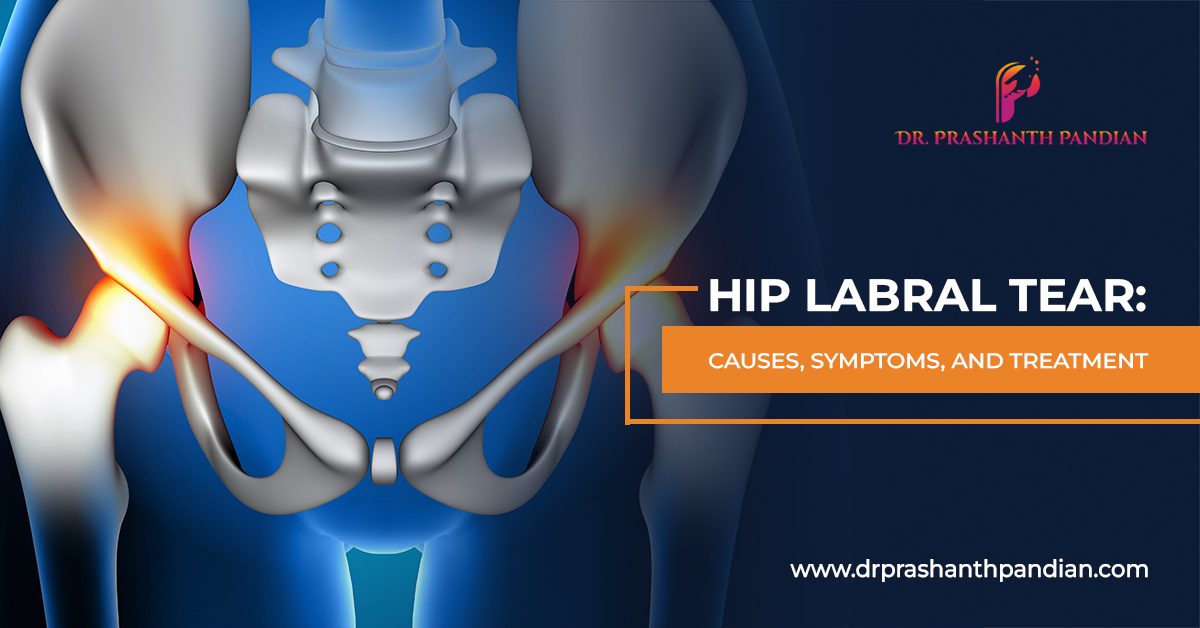Spondylolisthesis is a condition that affects the spine, causing one vertebra to slip forward over another. This condition can lead to various symptoms and impact the quality of life for those affected. We will explore the causes, symptoms, diagnosis, and treatment options for spondylolisthesis.
Spondylolisthesis can be attributed to various factors, with one of the primary causes being a defect or fracture in the pars interarticularis, a small bony segment connecting the facet joints in the spine. This defect, known as isthmic spondylolisthesis, is often associated with repetitive stress or trauma, particularly in athletes engaged in activities that involve hyperextension of the spine, such as gymnastics and football.Other causes of spondylolisthesis include degenerative changes in the spine, where the intervertebral discs and facet joints deteriorate over time. This is commonly seen in older adults and is referred to as degenerative spondylolisthesis. Additionally, congenital conditions, such as abnormalities in the formation of the spine during fetal development, can contribute to the development of spondylolisthesis.
The symptoms of spondylolisthesis can vary depending on the severity of the slippage and the affected area of the spine. Common symptoms include lower back pain, which may radiate into the buttocks and thighs. Individuals may also experience stiffness, muscle spasms, and a reduced range of motion in the spine. In more severe cases, nerve compression may occur, leading to numbness, tingling, or weakness in the legs.
Diagnosing spondylolisthesis typically involves a comprehensive medical history review, a physical examination, and imaging studies. X-rays are commonly used to assess the extent of vertebral slippage and the overall condition of the spine. Advanced imaging techniques such as MRI or CT scans may be employed to provide a more detailed view of the affected area and to identify any nerve compression.The treatment of spondylolisthesis depends on the severity of the condition, the presence of symptoms, and the impact on the individual’s daily life. Conservative approaches include rest, physical therapy, and the use of anti-inflammatory medications to manage pain and inflammation. Physical therapy aims to strengthen the core muscles and improve flexibility to support the spine.For more severe cases or when conservative measures fail to provide relief, surgical intervention may be considered. Surgery for spondylolisthesis typically involves stabilizing the affected vertebrae, often through spinal fusion. During this procedure, the surgeon may use bone grafts and metal implants to promote the fusion of the adjacent vertebrae, preventing further slippage and alleviating symptoms.
To summarize spondylolisthesis is a condition that can significantly impact an individual’s daily life, causing pain and limiting mobility. Understanding the causes, symptoms, and treatment options is crucial for effective management. Whether through conservative measures or surgical intervention, the goal is to provide relief, restore functionality, and improve the overall quality of life for those affected by spondylolisthesis.




